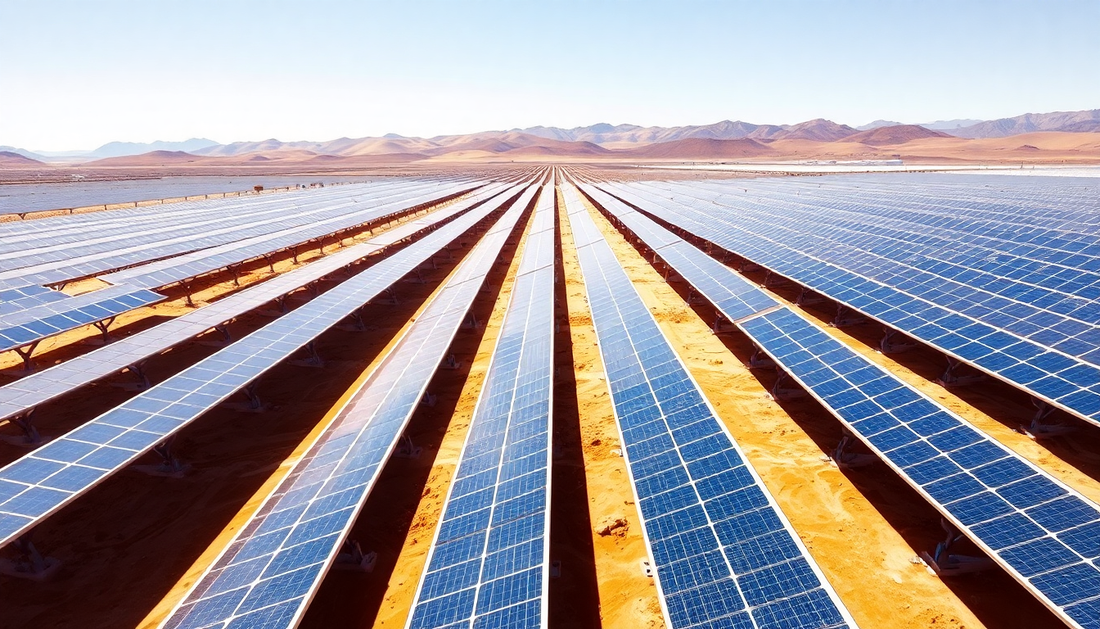
how usa is loosing solar technology to china
Share
It's no secret that the United States has long been a leader in solar technology. From the early days of photovoltaic cells to the recent advancements in solar panel efficiency, the USA has been at the forefront of this renewable energy revolution. However, in recent years, we've seen a shift in the global solar landscape, with China emerging as a formidable competitor.
As I sit here at Atria, my local coffee shop, sipping on a freshly brewed cup of joe, I can't help but wonder: how did we get to this point? How is it that the country that once dominated the solar industry is now struggling to keep up with its Asian counterpart?
The answer, my friends, lies in a complex web of factors, from government policies to manufacturing prowess. Let's dive in, shall we?
The Rise of China's Solar Dominance
China's ascent in the solar industry can be attributed to a few key factors. First and foremost, the Chinese government has made a concerted effort to invest heavily in renewable energy, pouring billions of dollars into research, development, and manufacturing. This has allowed Chinese companies to rapidly scale up production, driving down costs and making solar power more accessible to the masses.
Additionally, China's manufacturing capabilities are simply unparalleled. With a vast network of factories and a skilled workforce, Chinese companies have been able to churn out solar panels at a breakneck pace, outpacing their American counterparts. This has led to a significant price advantage, making Chinese-made solar products more attractive to consumers and businesses alike.
The Decline of the American Solar Industry
While China has been surging ahead, the American solar industry has faced its fair share of challenges. One of the biggest hurdles has been the lack of consistent, long-term policy support from the federal government. Unlike China, which has implemented a comprehensive set of incentives and regulations to promote renewable energy, the United States has seen a more piecemeal approach, with policies that have often been subject to political whims.
This uncertainty has made it difficult for American solar companies to plan for the future, leading to a slowdown in investment and innovation. Additionally, the Trump administration's imposition of tariffs on imported solar panels has further exacerbated the problem, making it more expensive for American consumers to adopt solar power.
The Path Forward
So, what can the United States do to regain its footing in the solar technology race? The answer lies in a multi-pronged approach that combines strategic government policies, increased investment in research and development, and a renewed focus on domestic manufacturing.
First and foremost, the US government needs to establish a clear, long-term vision for renewable energy, with a commitment to supporting the solar industry through consistent policies and incentives. This could include tax credits, research grants, and targeted investments in solar manufacturing and infrastructure.
Additionally, American companies and universities need to double down on innovation, developing new technologies and techniques that can give the US a competitive edge. This could involve breakthroughs in solar panel efficiency, energy storage solutions, or even entirely new approaches to solar power generation.
Finally, the US needs to prioritize the development of a robust domestic solar manufacturing base, reducing its reliance on imported panels and creating high-quality jobs in the process. This will not only help the country regain its technological edge but also bolster its economic resilience in the face of global supply chain disruptions.
As I finish my coffee and head out into the world, I can't help but feel a sense of optimism. The solar technology race may be a tough one, but I believe the United States has what it takes to come out on top. With the right policies, the right investments, and the right mindset, we can reclaim our position as the global leader in this critical field.





